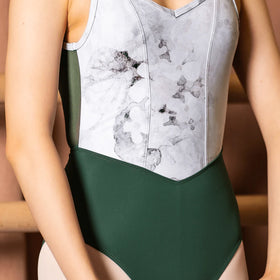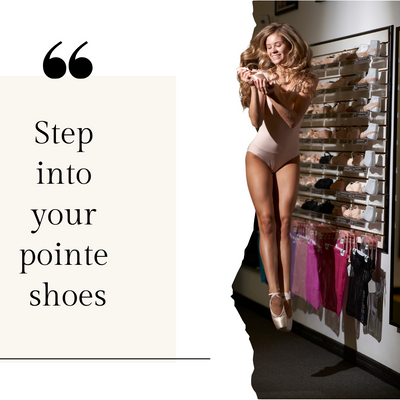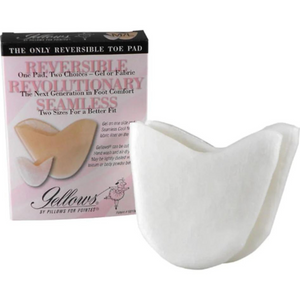Structure of a Ballet Class
Ballet, often revered as the epitome of grace and precision, is a dance form that demands not only artistic expression but also a strong foundation in technique. A ballet class is like a painter's canvas, with each movement carefully orchestrated to create a masterpiece of elegance and strength.
In this blog, we'll delve into the typical outline of a ballet class, shedding light on its components and the purpose they serve.
Warm-Up: The Prelude to Poise
A ballet class begins with a gentle yet crucial warm-up to prepare the body for the demands of the ensuing movements. Ballet shoes are worn to provide comfort and support while executing precise movements. The warm-up is an intricate blend of plies, tendus, degages, rond de jambes, and battements. These exercises serve to awaken the leg muscles, promote foot articulation, and enhance hip flexibility. As dancers move through the exercises, they become more fluid, setting the stage for the subsequent challenges. During warm-up, you may choose to wear leg warmers or a light sweater to maintain body warmth as class starts.
Barre Work: The Steady Foundation
The barre is a dancer's steadfast companion, offering both support and resistance. Here, dancers continue the warm-up exercises, this time incorporating the barre for stability. The plies evolve into deeper bends, the tendus and degages continue to enhance footwork, and rond de jambes shift from the floor to the air, challenging balance and coordination. As the dancers developpe their legs and engage in adagio movements, the barre serves as a guide for their controlled expressions of strength and elegance. Keep in mind that as you start to warm-up your body, it is important to stay hydrated.
Center Work: Where Mastery Takes Center Stage
Stepping away from the barre, dancers move to center work. Pliés and tendus continue, further warming up the muscles. Adagio movements require balance, extension, and fluidity, as dancers seem to defy gravity with every extension. Petit allegro and grand allegro, the petite and grand jumps respectively, showcase quick footwork and expansive leaps that epitomize the ballet's dynamic nature.
Turns may take the spotlight as dancers practice pirouettes and fouetté turns, testing their spotting technique and sense of balance. With arms gracefully sweeping through the air in port de bras movements, dancers epitomize the union of power and grace that ballet embodies. Each movement in the center becomes a canvas for the dancer's unique artistry, a display of the culmination of training and passion.
Cool-Down and Stretching:
As the class draws to a close, the pace slows down, and dancers transition into a cool-down phase. Gentle stretches envelop the room, focusing on the legs, hips, and back to maintain or enhance flexibility. Cool-down movements help lower the heart rate and relax the muscles, signaling a moment of reflection after working hard. This may be a good time to put back on your warm-up attire, such as leg warmers or a light sweater to maintain body warmth.
Discussion and Feedback:
Instructors play a pivotal role in shaping dancers' growth. They provide feedback, offer corrections, and inspire confidence. Students engage in a dialogue, seeking clarification on movements and concepts. To keep instructor feedback fresh in your mind, having a dance journal can be helpful! This exchange of knowledge fosters an environment of continuous improvement and mutual respect, an essential element of the ballet community.
A ballet class is not just a routine of movements; it's a symphony of discipline, dedication, and artistry. From the initial plies at the barre to the grand leaps in the center, each component serves a purpose in sculpting dancers into the embodiments of grace and strength. With each class, dancers polish their technique, refine their artistry, and contribute to the timeless tradition of ballet—an exquisite dance that transcends time and space.







